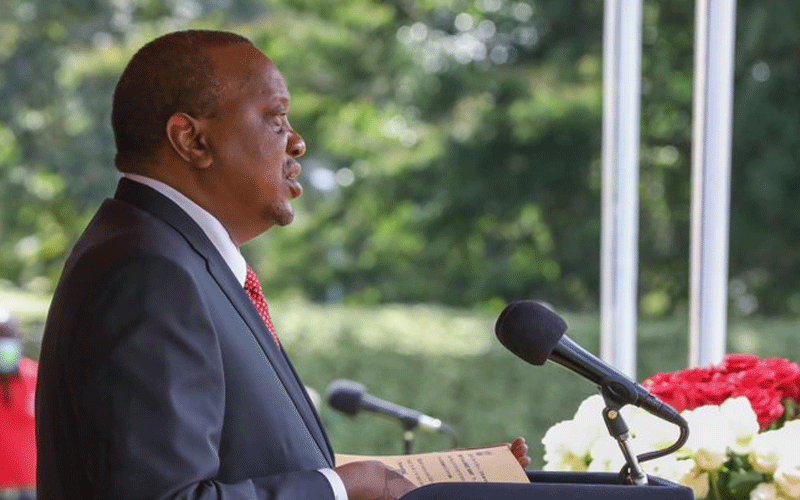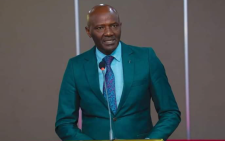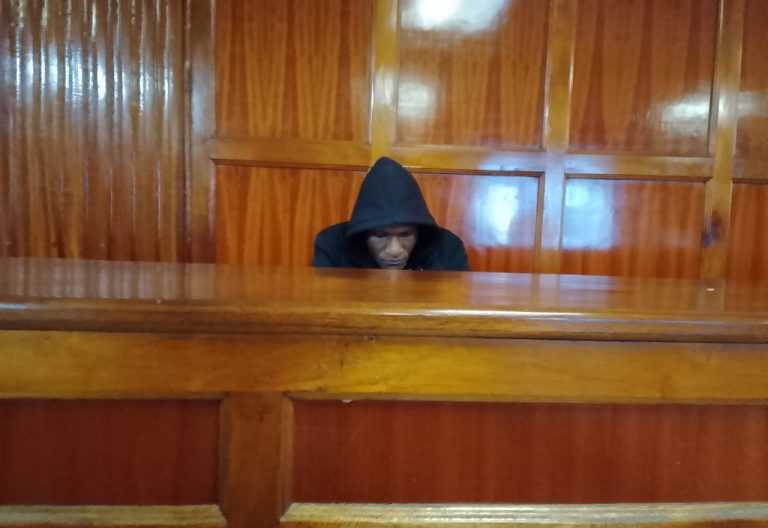Why governors want Nairobi, Mombasa back on lockdown

President Uhuru Kenyatta is on Monday expected to decide whether to give in to pressure from governors to put Nairobi and Mombasa in a new lockdown or opt for the country’s economic recovery by leaving them open.
Also on the cards by the governors, is a push for the government to reconsider the re-opening of eateries and bars to contain the spiralling number of Covid-19 infections with Sunday’s 960 cases being the highest the country has recorded in a single day so far.
At the same time, sources told People Daily that the government is contemplating having Covid-19 patients admitted in public hospitals to shoulder the burden of their bills.
So far, the government is said to have spent in excess of Sh3 billion on clearing bills for Covid-19 patients since the first case was reported in March.
Already, coronavirus patients at the Kenyatta University Teaching, Referral and Research Hospital have been asked to foot their bills unlike previously when they were met by the government.
A meeting by the Council of Governors (CoG) on Saturday unanimously agreed to ask Uhuru to reintroduce movement restrictions into and out of Nairobi and Mombasa, which they consider to be the hotspots and sources of the virus spreading into the countryside.
But high-ranking government officials are said to be against any proposal for a lockdown on grounds that it would reverse gains already made towards economic recovery.
Prof Omu Anzala, a virologist and member of the National Emergency Response Committee on Coronavirus, ruled out possibilities of another lockdown, and told counties to put their houses in order.
“Already many have travelled to different parts of the country, and the virus is within communities.
Our priority at the moment is to control the number of infections through contact tracing as well as contain the number of mortalities,” Anzala said.
But in what could be a pointer to a move likely to be taken by President Kenyatta on eateries in his address today, the doctor warned Kenyans to avoid restaurants and bars at all costs.
“Restaurants are high-risk because you cannot eat and talk while wearing a mask. Stay away from restaurants and bars for now at all costs,” Anzala warned.
“Order your food in whichever way you can or eat at home. Places with poor ventilation like toilets are high risk.”
High risk areas
He further stated that at the moment, testing should be targeted on high-risk areas and places such as health facilities should be given priority.
Director of Public Health Francis Kuria, who shares Anzala’s thoughts, had on Saturday indicated the President may consider closing restaurants.
“Though I do not know what’s the President’s thinking on the issue, but they should not complain if he closes restaurants and bars because they have asked for it through their behaviour,” Dr Kuria said during routine briefing on Saturday.
Sources say the government is also mulling introducing stiffer penalties for individuals found not wearing masks and those flouting social distancing rules, particularly in public transport.
Yesterday, Kakamega Governor Wycliffe Oparanya, who is also the CoG chairman, while acknowledging that a number of counties are not yet prepared to deal with the pandemic, remained optimistic that the national and county governments will reach a consensus on how to handle the situation.
“It is a very delicate issue, but today’s meeting will definitely reach a consensus.
We have several issues to discuss, particularly on how to contain the rising numbers of Covid-19 cases and agree on the way forward,” Oparanya told People Daily by telephone without elaborating.
The President is scheduled to chair a virtual Extra-Ordinary Session of the National and County Governments Co-ordinating Summit to review the surge of Covid-19 infections in the country.
The summit that had been scheduled for last Friday, but later pushed to this morning, will seek to assess the counties’ preparedness for Covid-19 and review containment measures in the wake of surging coronavirus cases in the country.
By yesterday, the country had recorded 17,603 coronavirus cases and 280 deaths. Since the beginning of this month, the country has been recording between 300 and 700 new cases each day.
Coincidentally, today’s extraordinary meeting falls exactly 21 days since the President lifted several containment measures, among them cessation of movement into and out of five counties, imposed to contain the virus.
Eased some measures
In his address to the nation on June 6 when he eased some of the measures, the President had warned of the possibility of reverting to a lock down should the spread of the virus pose a threat to the health infrastructure.
“In the next 21 days we shall study patterns of interaction and spread of the disease.
Any trends that signal a worsening of the pandemic, we shall have no choice but to return to lock down at zero option,” the President said.
Today’s meeting is expected to review the efficacy of the containment measures in place and review the impact of the phased easing of the earlier restrictions.
Medical experts
Echoing a warning by health and medical experts that Covid-19 cases in the country are expected to peak between August and September, governors are proposing that the government reviews some of the measures, particularly the cessation of movement into and from Nairobi and Mombasa.
“Since this measure was lifted, we have seen a sporadic increase of cases in counties, because it has allowed people from the hotspot areas to regions that had hitherto not registered any case,” Bungoma Governor Wycliffe Wangamati said.
But Dr Githinji Gitahi, the CEO of Amref Africa, said any type of lockdown only temporarily reduces the force of transmission for a purpose without offering a lasting solution.
“What we should do is focus on increasing our capacity to take care of patients right from the lowest facility to the most affected counties,” Dr Gitahi said.
The Amref boss proposes the training of health workers, increasing capacity to clinically manage patients who need oxygen (not only in ICUs) and building county and regional testing capacity to increase speed and turn-around for Covid-19 results.
Besides, pushing for the lockdown of Nairobi and Mombasa, the county chiefs have also proposed to the government to close all eateries and drinking joints, which they claim to be centres of transmission.
The governors have also resolved to push the government to release Sh30 billion towards fighting the virus, the State to retain taking of the samples and testing for the virus, reversal of the move to ban inter-county transfer of patients as well as the decision that counties take over the entire burden of meeting treatment costs of the patients.
“Most of the counties are not adequately prepared to deal with this pandemic, due to various reasons ranging from lack of resources to poor infrastructure,” said one governor.
Sources within CoG said the devolved units are ill prepared to conduct tests due to the high costs involved and shortage of testing kits and reagents being experienced worldwide.
A report prepared by a team of medical experts who recently toured the country has given a gloomy picture of counties in terms of preparedness.
According to the report, only 18 counties have so far made some strides to deal with the virus that is currently being transmitted through the community.
Out of the 18, only Mombasa, Machakos, Murang’a, Kakamega and Makueni are adequately prepared to handle any magnitude of the pandemic outbreak, while a number of counties such as Siaya and Busia are in poor shape.
“Counties such as Siaya, Busia and Tana River need special prayers because nothing has taken place.
Is it not ironic that a county like Siaya has only 50 isolation beds yet it is one of those regions with a high rate of infections?” wondered one of the experts, who declined to be named due to the sensitivity of the matter.
Tana River is also cited as an area that has bought 200 beds but has no space for them and is being forced to consider placing some of them under trees, in tents and any open space for use.









